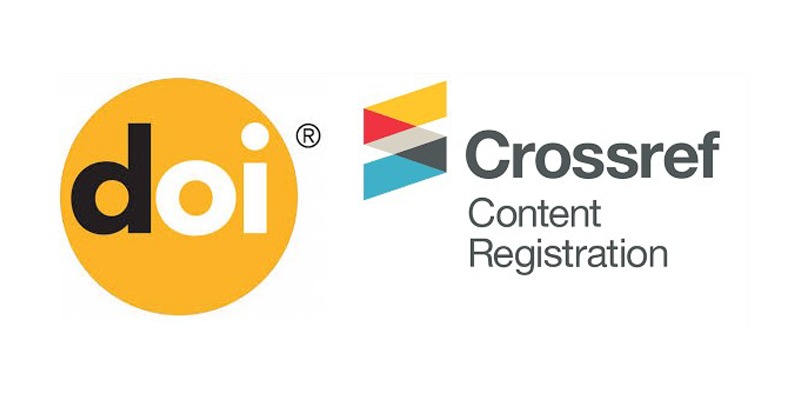SUBSIDIZING AGRICULTURE: PROBLEMS AND WAYS OF ITS EFFECTIVE ORGANIZATION
Views: 243 / PDF downloads: 348
DOI:
https://doi.org/10.32523/2789-4320-2023-2-232-241Abstract
In many states, the continuous improvement of incentive measures through state support and subsidizing of the agricultural industry is used as the main approach affecting the increase in productivity and profitability in it, ensuring the availability of food and, ultimately, reducing poverty and stimulating economic growth in the country. The purpose is to identify the main problems in subsidizing agriculture in Kazakhstan and scientific substantiation of effective ways of its regulation. Methods: hypothetical, scientific abstract, dynamic and comparative analysis, synthesis, system approach, logical.
Results: the state is constantly improving support measures taking into account the current state of the agricultural sector. State support of the agro-industrial complex, in addition to concessional financing and subsidies, was implemented through targeted programs aimed at improving the quality of life of the population using price, tax, leasing, etc. mechanisms. Having analyzed the data for 2018-2022 considered in the study, it can be concluded that both the volume of production in the agricultural sector and the volume of subsidies and financing have changed in positive dynamics. But these results failed to increase the share of the agricultural sector in GDP at a stable level. In this regard, in 2023, subsidies to the agricultural sector were supplemented with new mechanisms. For the agricultural sector, it is necessary to increase competitiveness and improve protectionist measures; strict control over the use of budget funds by consolidating institutions financing the agro-industrial complex in one center and digitalizing it; stable employment of the rural population, increasing export volumes, the development of online services and increased financing of "green" technologies.
Downloads
Downloads
Published
How to Cite
Issue
Section
License
Copyright (c) 2023 ECONOMIC SERIES OF THE BULLETIN OF L.N.GUMILYOV EURASIAN NATIONAL UNIVERSITY

This work is licensed under a Creative Commons Attribution-NonCommercial 4.0 International License.






